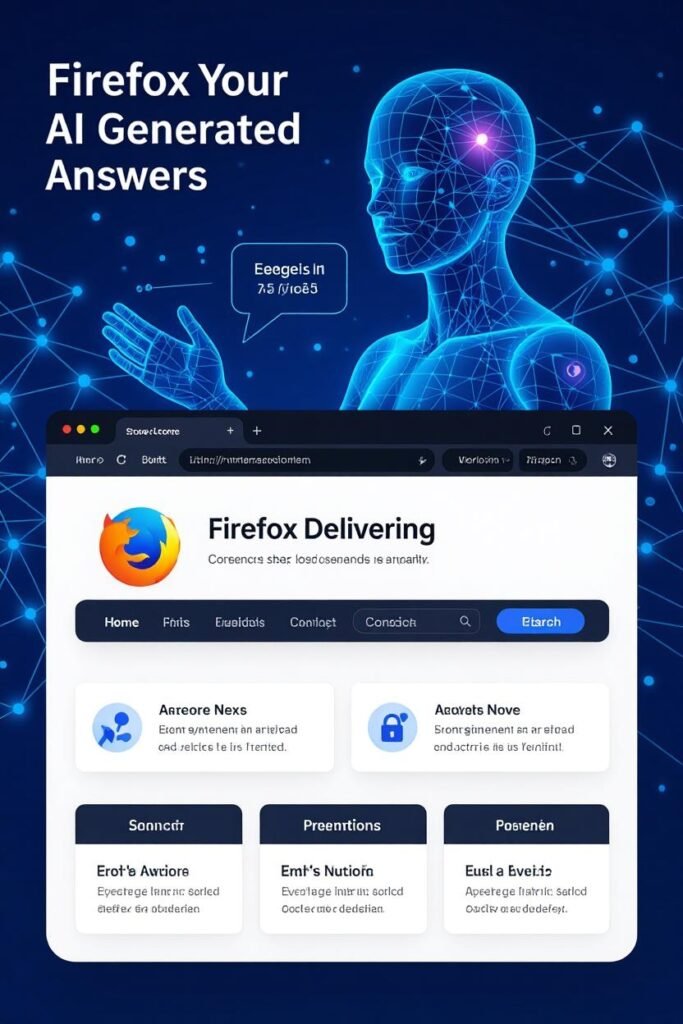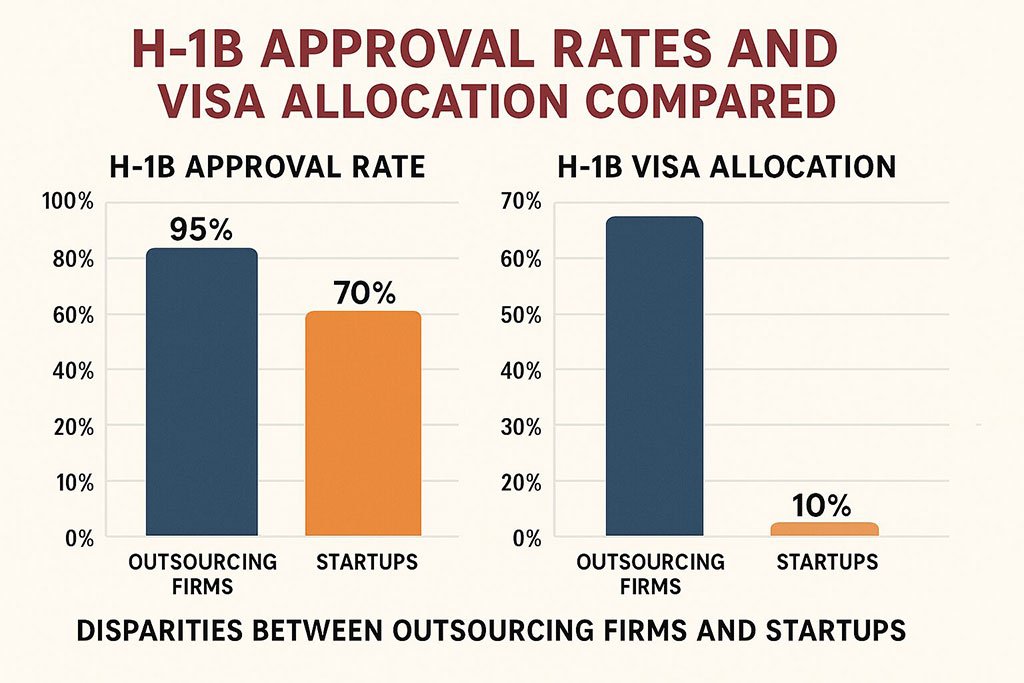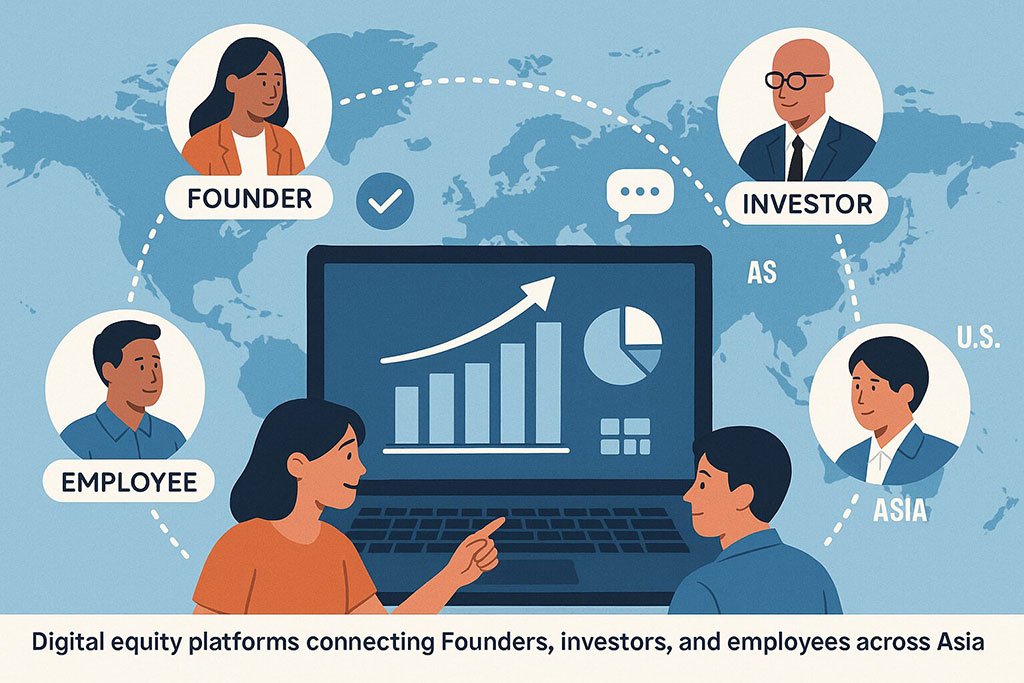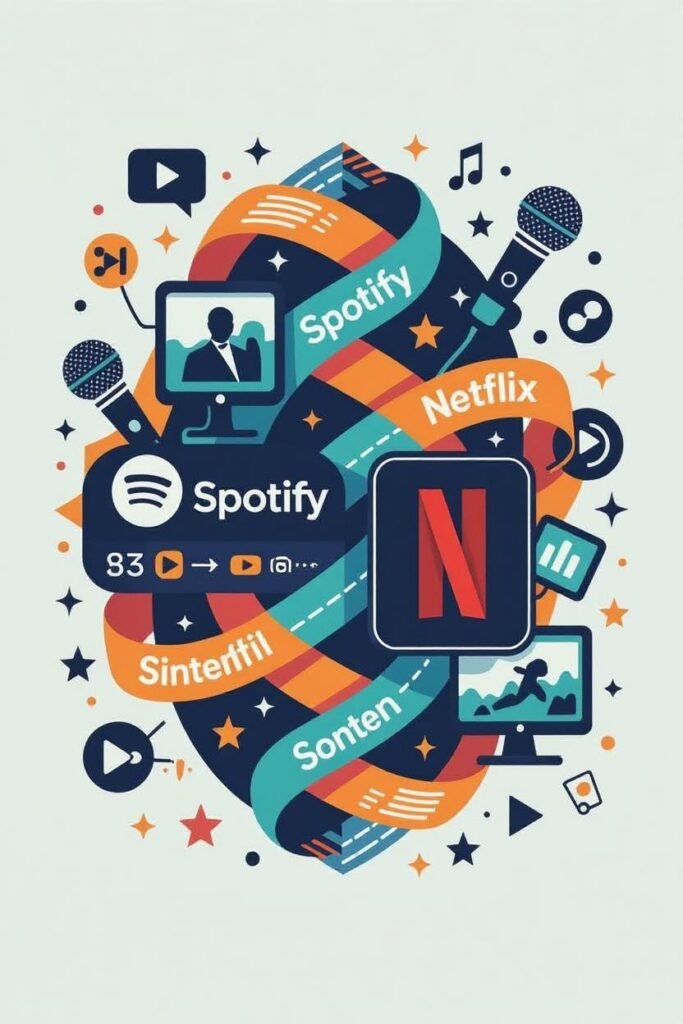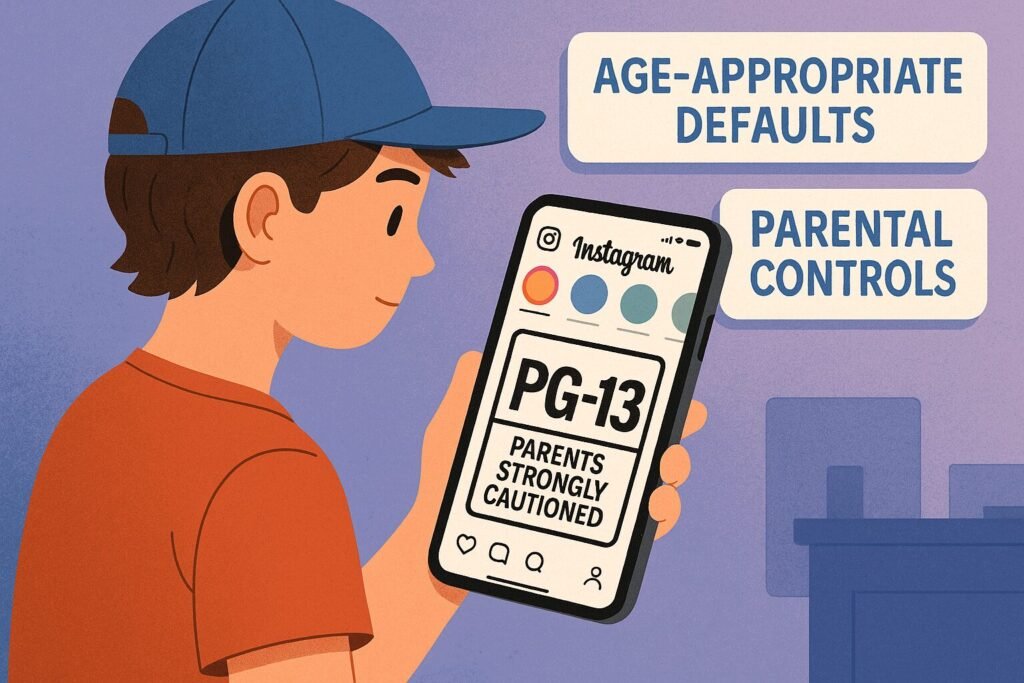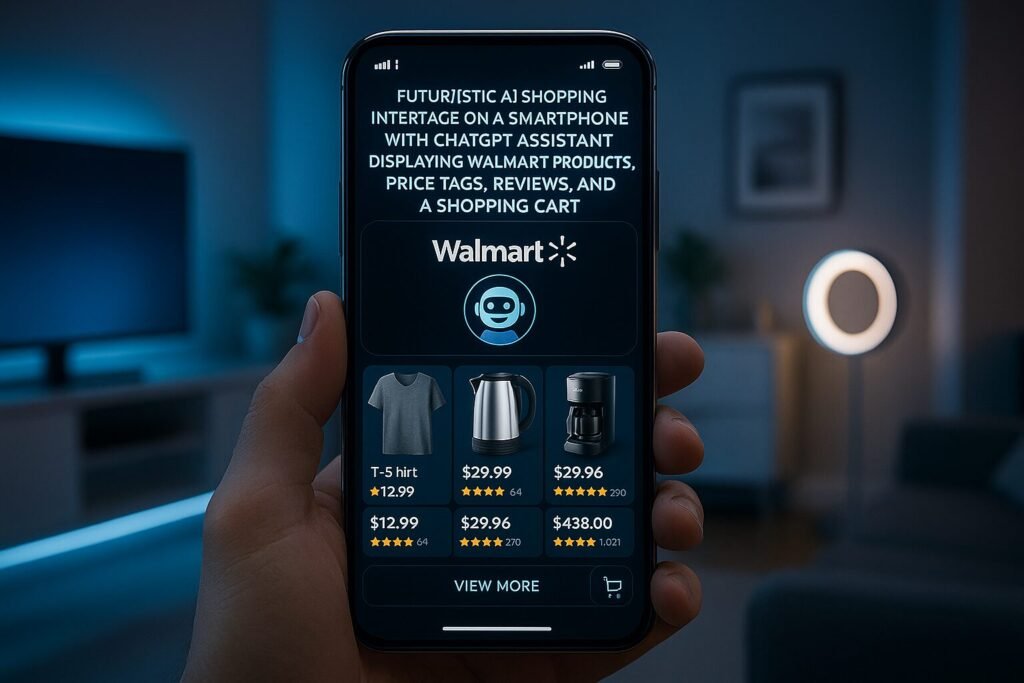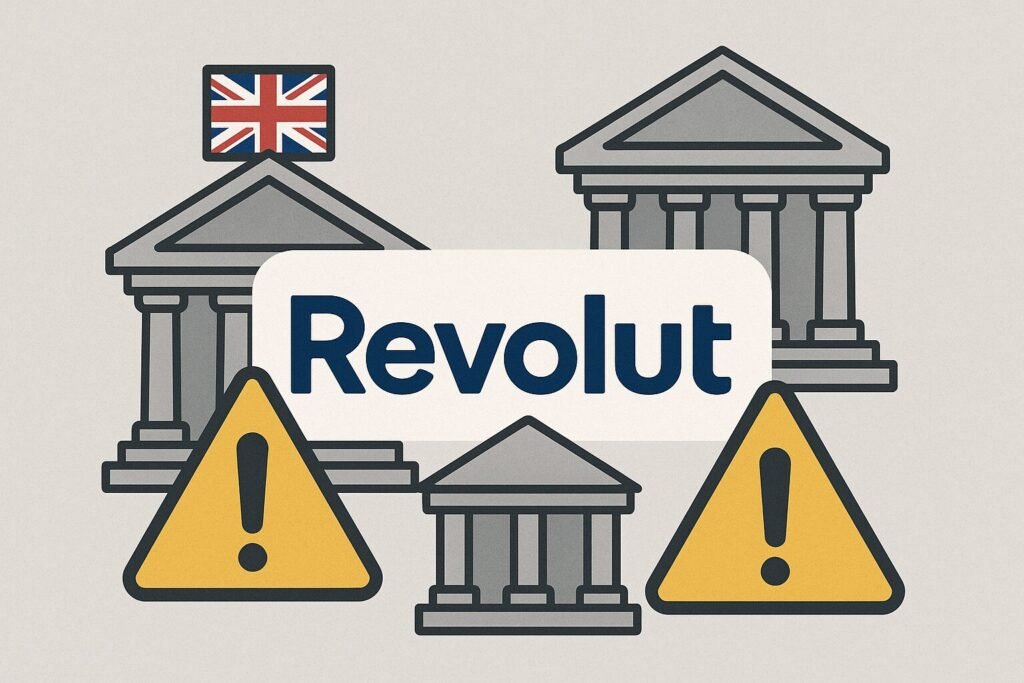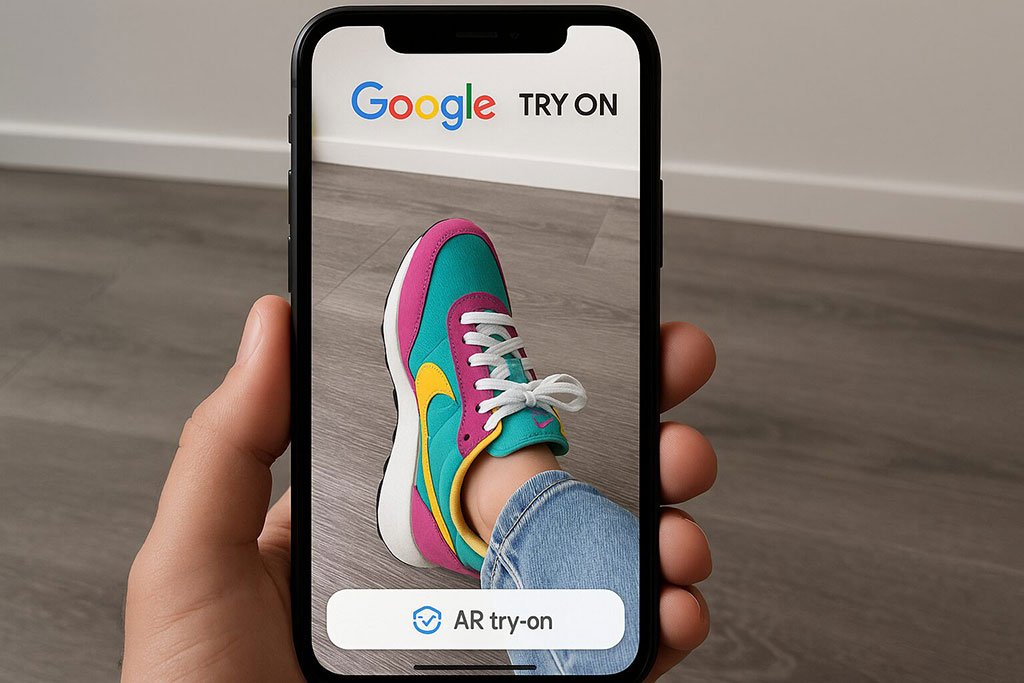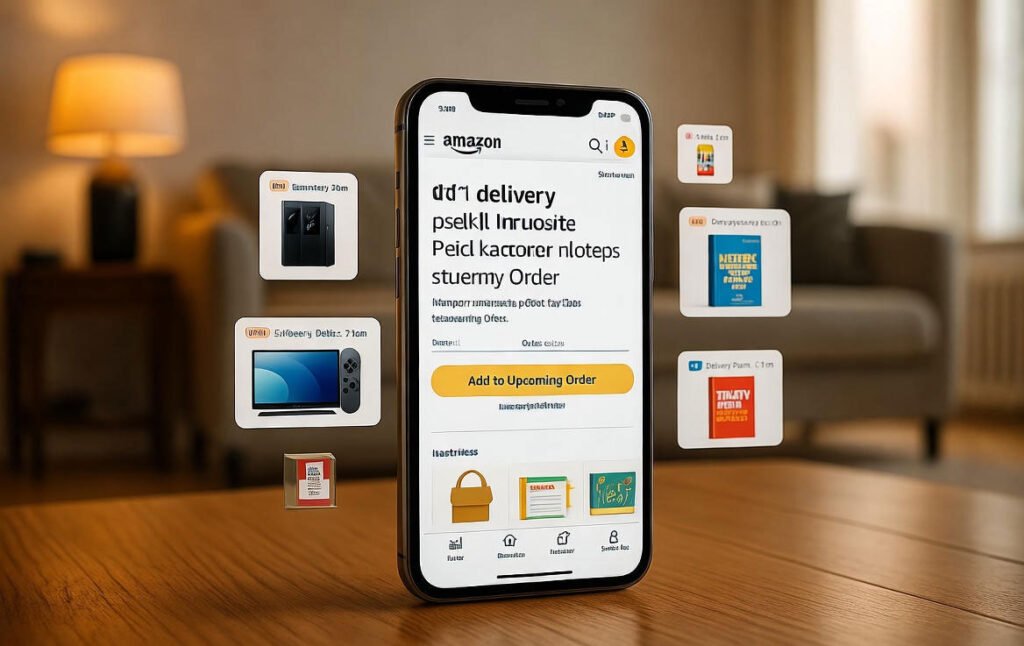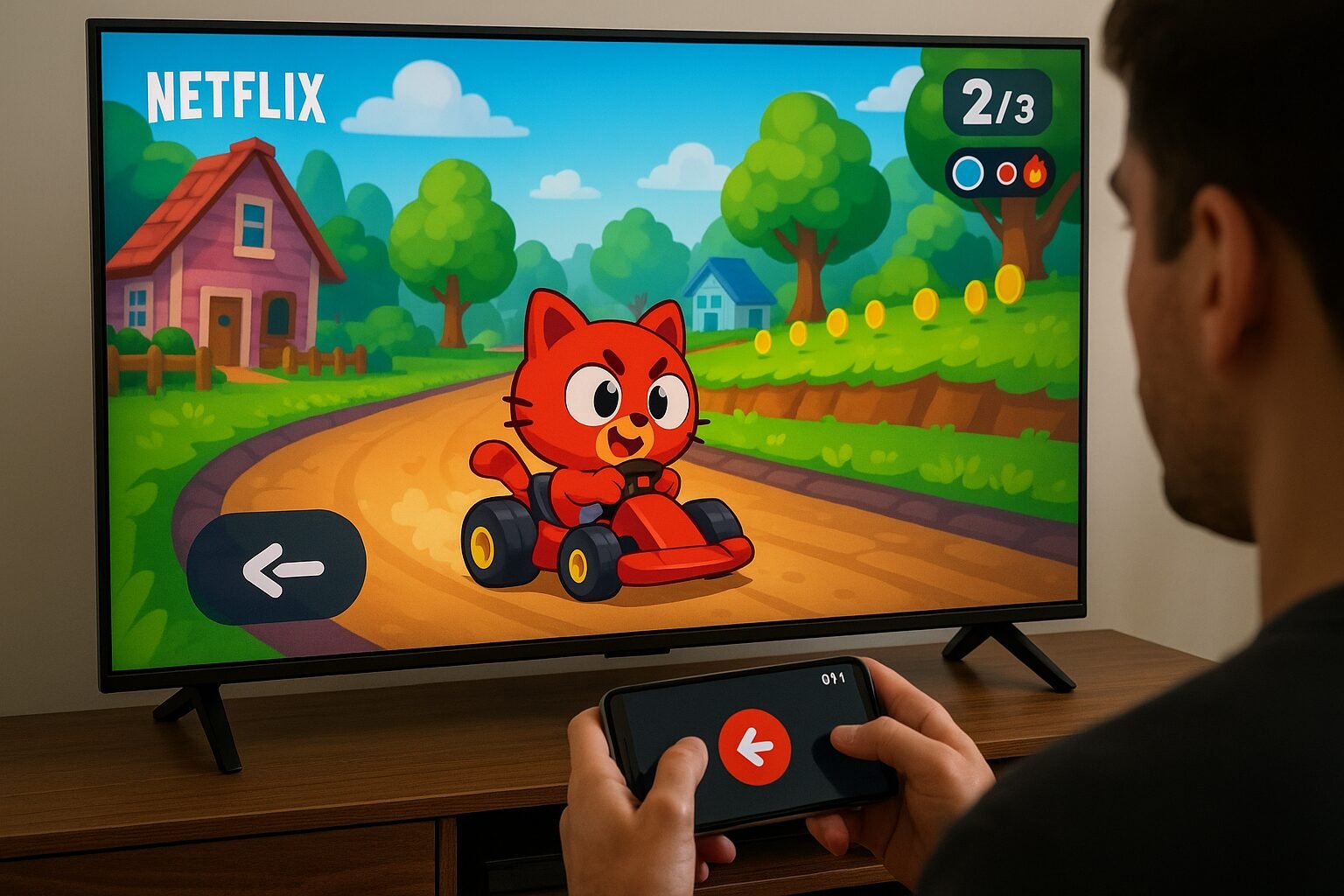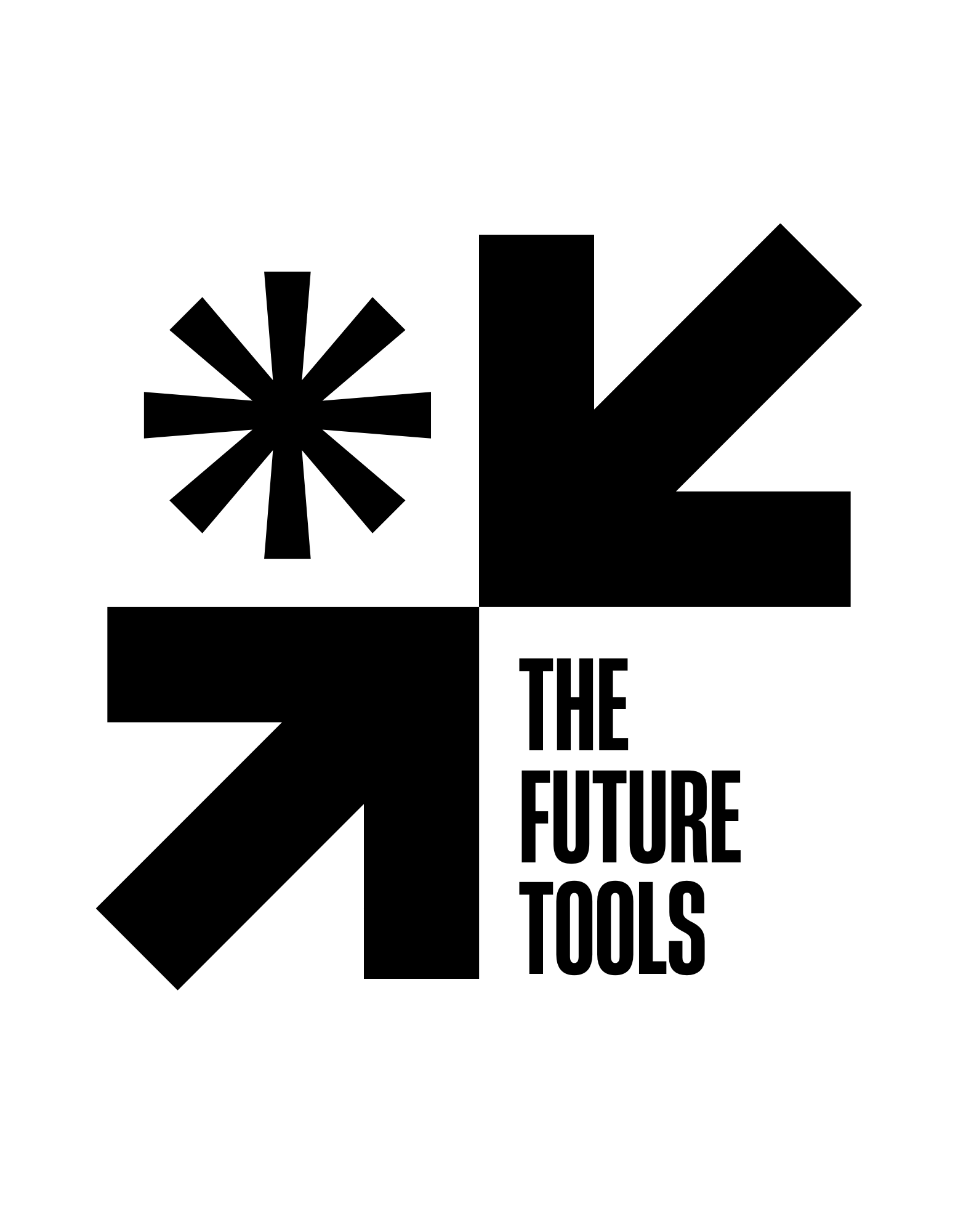Now Reading: Figma and Google Join Forces to Infuse Gemini AI into the Future of Design
-
01
Figma and Google Join Forces to Infuse Gemini AI into the Future of Design
Figma and Google Join Forces to Infuse Gemini AI into the Future of Design
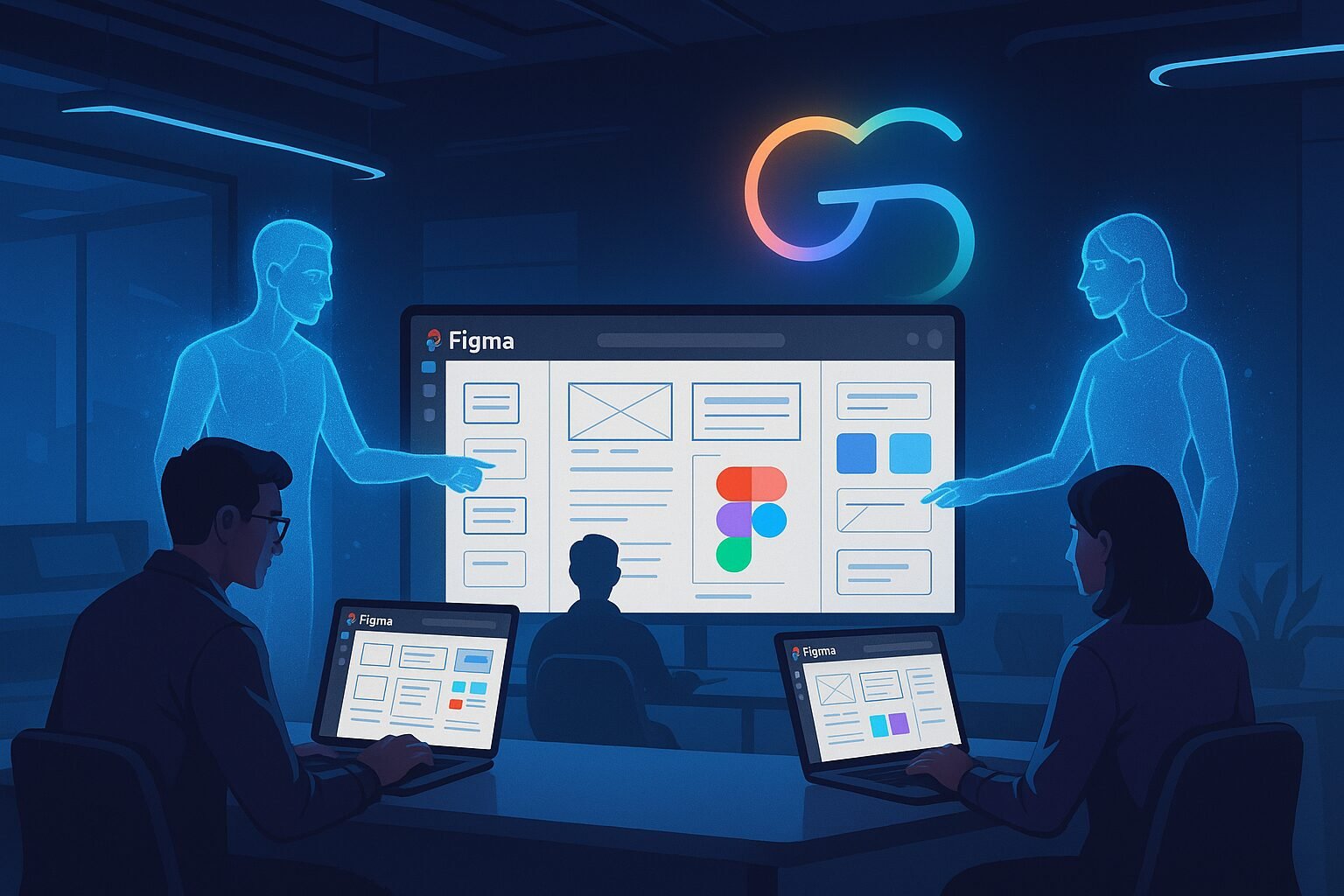
Designing the Future Together
The lines between creativity and computation are blurring faster than ever. In a bold move signaling the next evolution of design intelligence, Figma and Google have partnered to integrate Gemini AI—Google’s flagship multimodal model—directly into Figma’s collaborative design platform.
This partnership isn’t just about adding another AI feature. It represents a paradigm shift in how design teams ideate, prototype, and collaborate. By blending Google’s deep learning capabilities with Figma’s intuitive design ecosystem, this alliance promises to redefine the creative process—turning hours of manual iteration into moments of intelligent automation.
In this editorial, we explore why this collaboration matters, how it will transform workflows across industries, and what it reveals about the evolving relationship between humans, design, and artificial intelligence.
Why Figma and Google Make Perfect Sense
For years, Figma has been the nucleus of collaborative design, empowering teams to sketch, iterate, and prototype in real time. Meanwhile, Google’s Gemini AI has emerged as one of the most advanced multimodal AI systems—capable of understanding text, images, code, and even context with remarkable precision.
Bringing the two together was almost inevitable.
This partnership leverages Gemini’s cognitive intelligence and Figma’s creative foundation to produce a platform that’s not just reactive but predictive—one that anticipates design intent, assists in ideation, and generates solutions before designers even ask for them.
“We see this as the start of an era where creativity meets computation at scale,” said a Google Cloud spokesperson. “Gemini’s integration allows design teams to move faster without losing the human touch.”
How Gemini AI Enhances Figma’s Creative Ecosystem
Intelligent Design Assistance
Gemini AI will help designers generate layouts, color schemes, and component ideas from simple prompts or context clues. Need a landing page for a fintech app? Type the concept, and Figma drafts multiple design variations instantly.
AI-Driven Prototyping
Gemini can interpret wireframes and transform them into interactive prototypes, automatically linking buttons, transitions, and animations. What used to take hours now takes minutes—enabling rapid experimentation.
Contextual Content Creation
With Gemini’s multimodal capabilities, Figma users can auto-generate copy, image placeholders, and iconographyaligned with the project tone. This brings creative and marketing teams closer within the same workspace.
Accessibility and Localization
Gemini AI helps make designs globally inclusive, suggesting accessible color contrasts, font readability adjustments, and localized design variants based on target regions.
Predictive Collaboration
Imagine Gemini detecting friction points during team reviews—then proposing layout improvements or flagging inconsistencies before human reviewers notice. That’s the level of predictive design intelligence this partnership aims to achieve.
AI in Action
Early pilot programs show a 30–50% reduction in repetitive design work when AI assists with layout or content generation. A London-based UX firm testing Gemini inside Figma reported that its design sprint timeline dropped from five days to two, allowing them to focus more on storytelling and client strategy.
Similarly, startups in Asia and Europe are already exploring Gemini-powered Figma plugins for real-time content localization and brand consistency audits—tools that previously required separate subscriptions.
Redefining Collaboration in Design
This integration also changes the human dynamics of teamwork. Instead of designers being isolated in pixel perfection, AI handles mechanical repetition, freeing humans to think conceptually. Product managers and engineers can contribute more meaningfully since Gemini translates ideas across roles and disciplines—a long-standing challenge in product teams.
A Cultural Shift in Design
Design has always balanced art and science. Now, with AI as a co-creator, the balance is shifting towards augmentation over automation. The Figma-Google collaboration symbolizes a world where AI doesn’t replace creativity—it accelerates it.
From San Francisco to Singapore
Gemini’s integration into Figma is rolling out globally, with emphasis on regions leading digital product design innovation—North America, Western Europe, India, Japan, and Southeast Asia.
In markets like India and South Korea, where design startups thrive on speed and affordability, AI-driven Figma could democratize professional-grade design, enabling freelancers, small studios, and educators to compete globally.
“Asia’s design community celebrates variety and experimentation,” notes UX strategist Mei Lin from Singapore. “Gemini inside Figma could make creative exploration both faster and more inclusive.”
Concerns and Caution
Despite excitement, the move raises familiar concerns.
-
Data Privacy: How is creative data stored or trained upon?
-
Creative Authenticity: Does AI-assisted design dilute originality?
-
Skill Evolution: Will new designers rely too heavily on AI prompts instead of learning fundamentals?
Figma and Google have addressed these points, emphasizing opt-in AI features, transparent data governance, and educational resources to ensure that AI serves as a tool—not a crutch.
The Democratization of Design
At its core, this collaboration represents the democratization of creative power. Just as ChatGPT made writing accessible and DALL·E made art creation approachable, Figma with Gemini aims to make design intelligence available to everyone—from startups to students.
The real innovation lies not just in what AI can design—but in how many more people can design because of AI.
Designing with, Not Against, Intelligence
The fusion of Figma and Google Gemini AI is more than a product update—it’s a cultural statement. It signals the next chapter in digital design where machines understand creativity as context, not command.
The future of design won’t be defined by how well AI can mimic humans—but by how powerfully it can amplify human imagination.
Want to stay ahead of the AI design curve? Subscribe to our newsletter for weekly insights on generative creativity, design automation, and the evolving intersection of human imagination and machine intelligence.
FAQs
-
What is Gemini AI?
Gemini AI is Google’s advanced multimodal model that can understand and generate text, images, and code for creative and analytical tasks. -
What does the Figma-Google partnership mean?
It brings Gemini AI’s intelligence into Figma’s design environment, enabling AI-assisted ideation, layout generation, and collaboration. -
How will designers use Gemini AI inside Figma?
Designers can prompt Gemini to create wireframes, adjust color schemes, or generate prototypes instantly. -
Is the Gemini integration optional?
Yes, Figma has stated that AI features are opt-in, respecting user preferences and data privacy. -
Will AI replace designers?
No. Gemini AI enhances creativity by automating repetitive work while keeping human direction at the core. -
What benefits can teams expect?
Faster prototyping, better collaboration, accessibility optimization, and design localization support. -
Is my design data safe with AI integration?
Both Figma and Google emphasize secure, compliant data handling with transparency in model training. -
When will this integration be available globally?
Rollout begins in select markets and will expand worldwide through phased updates. -
How does Gemini AI improve accessibility in design?
By recommending accessible color contrasts, typography adjustments, and localized design variants. -
Can developers or brands customize AI features?
Yes, through upcoming Gemini-powered plugins and enterprise integrations.
Disclaimer:
All logos, trademarks, and brand names referenced herein remain the property of their respective owners. Content is provided for editorial and informational purposes only. Any AI-generated images or visualizations are illustrative and do not represent official assets or associated brands. Readers should verify details with official sources before making business or investment decisions.




